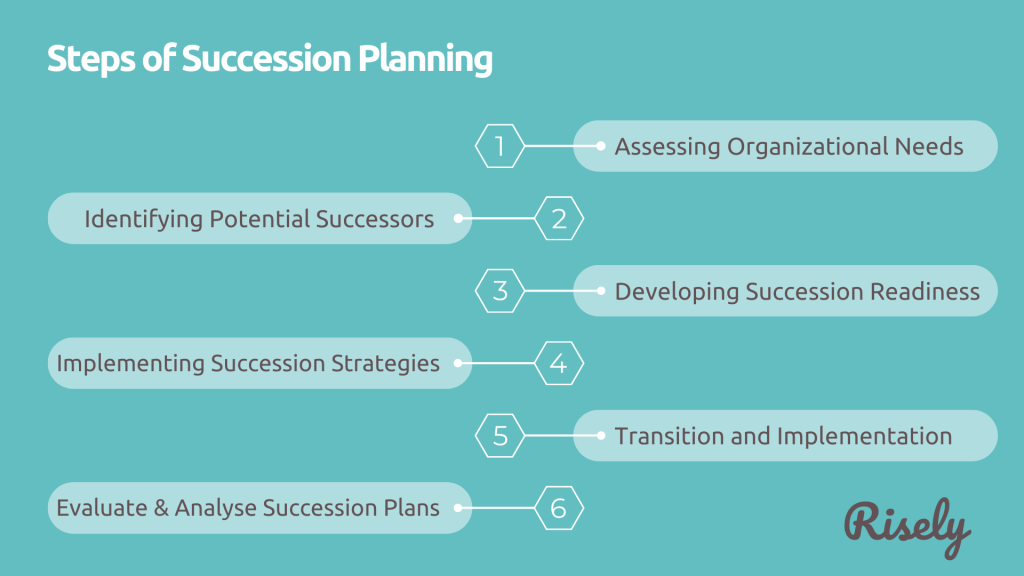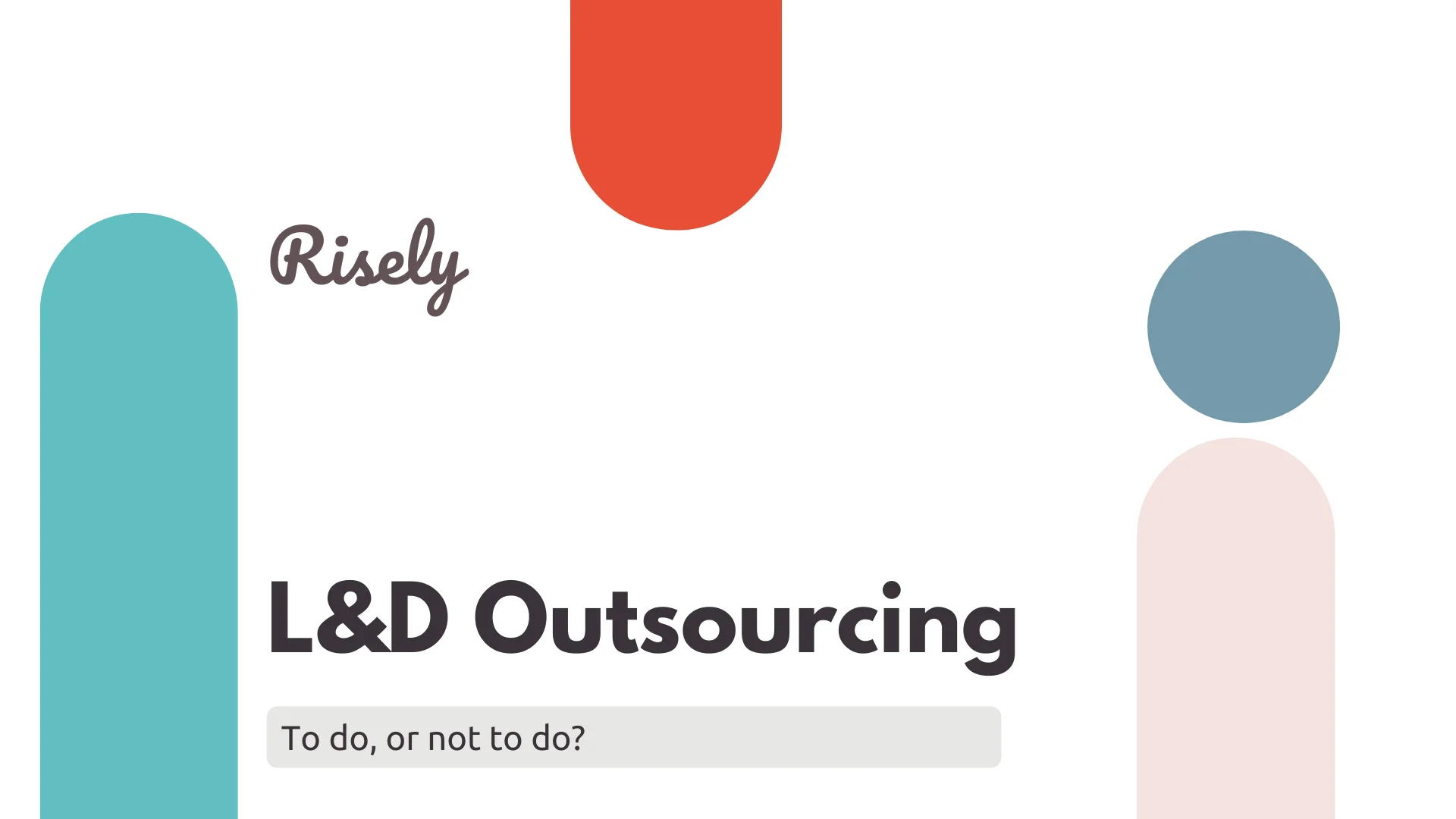Top 12 Succession Planning Questions To Find The Potential Successors
Have you ever wondered what would happen to your organization if key leaders were to leave suddenly? Who would step into their roles and ensure the business’s continued success? These are questions that every organization should consider, and that’s where succession planning comes into play. Succession planning identifies and develops potential successors for critical organizational leadership positions. It is a proactive approach to ensure a smooth leadership transition and maintain stability in the face of unforeseen circumstances. But how do you go about implementing an effective succession plan? What questions should leaders ask to identify and groom the right individuals for future leadership roles? In this blog, we will explore the importance of succession planning and delve into 12 succession planning questions leaders should ask during the process. We will examine why these succession planning questions are crucial, the suitable approaches to finding the answers, and how they contribute to building a strong leadership pipeline. So, let’s dive in and discover the essential questions that drive successful succession planning.Importance of Succession Planning
Succession planning is essential for organizations to ensure a smooth leadership transition and maintain long-term sustainability. It allows companies to identify and develop potential successors for key positions, reducing the risks associated with unexpected vacancies or retirements. Organizations can ensure continuity, maintain stability, and minimize disruption during leadership changes by proactively grooming individuals to assume leadership roles. Succession planning also fosters a culture of talent development and employee engagement, providing opportunities for growth, advancement, and career progression. Furthermore, it enables organizations to identify and address any skill gaps or development needs within the talent pool, ensuring that the right people with the necessary skills are in place to drive future success. To make an effective plan, ask the right succession planning questions. Effective succession planning strengthens the organization’s leadership pipeline, enhances employee morale, improves retention rates, and boosts overall organizational performance. Ultimately, by investing in succession planning, organizations can secure a strong leadership foundation and position themselves for sustainable growth and success in the long run.Why is it Essential to Ask Succession Planning Questions?
Asking succession planning questions is essential for several reasons:- Identifying critical leadership positions: Succession planning questions help leaders identify the essential leadership positions within the organization for its success. This ensures that the focus is on strategically planning for the future of those specific roles.
- Assessing skill gaps and needs: By asking relevant questions, leaders can identify skill gaps and areas of expertise that must be addressed in the succession plan. This helps ensure the organization has the right talent to meet its future needs.
- Evaluating potential successors: Succession planning questions enable leaders to evaluate potential successors, both internal and external. By asking about their strengths, areas for development, and readiness for leadership roles, leaders can make informed decisions about who is best positioned to fill key positions.
- Developing future leaders: Asking questions related to developmental opportunities and readiness assessment helps leaders design effective leadership development programs for potential successors. It ensures that individuals are adequately prepared for future roles and have the necessary skills to succeed.
- Ensuring smooth transitions: Succession planning questions allow leaders to anticipate and address potential challenges and concerns during the succession process. This includes communicating and engaging with potential successors, managing resistance, and having contingency plans in place.
- Aligning with organizational goals: By asking questions about long-term goals and strategic objectives, leaders can ensure that the succession plan aligns with the organization’s overall direction. It helps establish a clear connection between succession planning and the organization’s vision and mission.
- Measuring success: Succession planning questions help leaders define metrics and criteria to evaluate the success of the succession planning process. This allows for ongoing monitoring and adjustments to ensure the plan’s effectiveness.

Succession Planning Questions
Here are succession planning questions organized according to a timeline, along with their rationale and approaches to finding the right answers:Assessing Organizational Needs
Q.1. What are the key leadership positions within the organization? Why ask: Identifying the key leadership positions helps prioritize succession planning efforts. Approach: Review the organizational structure and strategic objectives to identify critical leadership roles. Consult with senior leaders and stakeholders to validate and finalize the list. Q.2. What are the desired competencies and skills for each leadership position? Why ask: Defining the required competencies ensures alignment between succession planning and organizational needs. Approach: Conduct job analysis and competency assessments to determine the specific skills, knowledge, and behaviors needed for each leadership position. Consult with subject matter experts and incumbents in those roles for input.Identifying and Assessing Potential Successors
Q.3. Who are the potential successors for key leadership positions? Why ask: Identifying potential successors helps ensure a pool of qualified individuals for future leadership roles. Approach: Conduct talent assessments, performance evaluations, and reviews to identify high-potential employees. Consider their performance, leadership skills, potential for growth, and aspirations. Obtain feedback from supervisors, peers, and subordinates. Q.4. What are the strengths and areas for the development of potential successors? Why ask: Identifying strengths and areas for development helps create tailored development plans. Approach: Use assessment tools, such as 360-degree feedback, psychometric assessments, and performance appraisals, to evaluate the strengths and developmental needs of potential successors. Combine quantitative and qualitative data to gain a comprehensive understanding. Check out “Replacement Planning vs Succession Planning: Which is Better? With 8 Benefits“Developing Succession Readiness
Q.5. How ready are potential successors for future leadership roles? Why ask: Assessing readiness helps determine the readiness gap and guide development efforts. Approach: Use structured assessments, simulations, and leadership competency models to evaluate the potential successors’ readiness for leadership roles. Gather feedback from multiple sources, including assessments, interviews, and performance records. Q.6. What development opportunities are needed to bridge the readiness gap? Why ask: Identifying development needs enables the design of targeted developmental programs. Approach: Analyze the readiness gap for each potential successor and design personalized development plans. Offer leadership development programs, coaching, mentoring, stretch assignments, and formal training programs tailored to individual needs.Implementing Succession Strategies
Q.7. How can we ensure ongoing monitoring and adjustment of the succession plan? Why ask: Regular monitoring ensures the plan remains relevant and adaptable. Approach: Establish a process for periodically reviewing and updating the succession plan—set metrics to measure the progress and effectiveness of development efforts. Conduct talent reviews and adjust strategies based on changes in organizational needs. Q.8. How can we effectively communicate the succession plan to stakeholders and employees? Why ask: Clear and effective communication builds trust, understanding, and support for the succession plan. Approach:- Develop a comprehensive communication strategy that outlines the succession plan’s purpose, benefits, and timeline.
- Utilize channels such as town hall meetings, team briefings, email updates, and intranet platforms to engage stakeholders and employees.
- Tailor the messaging to different audiences and address any concerns or misconceptions.
- Provide opportunities for feedback and dialogue to ensure transparency and clarity throughout the process.
Transition and Implementation
Q.9. How can we ensure a smooth leadership transition when a successor assumes a new role? Why ask: Planning for a seamless transition helps minimize disruptions and ensures continuity. Approach: Develop a transition plan that includes a knowledge transfer process, onboarding support for the successor, and clear communication channels for stakeholders. Identify critical tasks, relationships, and information that need to be handed over, and facilitate a smooth transition period. Q.10. How can we evaluate and measure the success of the succession planning process? Why ask: Evaluating the success of the process helps identify areas for improvement and ensure continuous development. Approach:- Define key performance indicators (KPIs) to measure the effectiveness of the succession plan.
- Monitor metrics such as promotion rates, retention of successors, and leadership effectiveness.
- Gather stakeholders’ feedback, assess successors’ impact in their new roles, and conduct post-transition reviews.
Evaluating and Adjusting Succession Plans
Q.11. How can we identify and address emerging leadership needs and gaps? Why ask: Anticipating future leadership needs ensures the organization remains agile and adaptable. Approach:- Regularly assess the organization’s strategic direction, industry trends, and potential disruptions.
- Identify emerging leadership competencies and skills required to address future challenges.
- Evaluate the current talent pool and proactively develop successors to fill those gaps.
- Promote leadership development as a core value of the organization.
- Provide resources and support for managers to develop their teams.
- Encourage ongoing career conversations, offer mentorship programs, and recognize and reward leadership development efforts.
- Regularly communicate the importance of succession planning and provide opportunities for employee growth and advancement.
Conclusion
Succession planning is a critical process organization must undertake to secure future success. By asking the right succession planning questions at each stage of the process, leaders can ensure they have the right people in key positions, develop them effectively, and execute a seamless transition when the time comes. Systematic evaluation, training, and development are key to identifying potential successors and bridging readiness gaps. Effective communication, monitoring, and continual improvement further enhance the success of succession planning efforts. By investing time and effort into succession planning, organizations can cultivate a strong leadership pipeline, foster a culture of growth, and position themselves for long-term resilience and prosperity. By signing up for Risely, you can get assistance in understanding how to find the right strategy for succession planning.Strengthen your communication skills to build healthier workplaces.
Get your communication skills assessed now to understand hidden mistakes that hold you back.
FAQs
What are the five 5 critical steps of a succession plan?
The five critical steps of a succession plan typically include identifying key positions, assessing talent within the organization, developing employees, creating a transition plan, and regularly reviewing and updating the plan.
What are the topics in succession planning?
The topics in succession planning typically include identifying critical roles, assessing talent, creating development plans, implementing mentorship programs, and establishing a communication strategy for seamless leadership transitions.
How do you prepare succession planning?
To prepare for succession planning, assess future talent needs, identify key positions, evaluate internal talent, create development plans, establish mentoring programs, and regularly review and update the succession plan.
Other Related Blogs
To Do or Not To Do: Learning and Development Outsourcing
To Do or Not To Do: Learning and Development Outsourcing Learning and development teams have a lot to do. However, your bandwidth is often limited. As teams rapidly expand, evolving…
How To Capture Hidden Learning Needs At Work?
How To Capture Hidden Learning Needs At Work? Learning and development are critical to professional success. It is not just yours but that of your team when your job role…
How To Build Learner Personas For L&D? Free Template
How To Build Learner Personas For L&D? Free Template For every learning designer, the root question is who will use this content. All your actions to ensure that the learning…
Think Of These 4 Trends In Your Corporate Learning Strategy
Think Of These 4 Trends In Your Corporate Learning Strategy Think of corporate learning, and the picture in your mind brings the worst of two worlds together: But the story…


